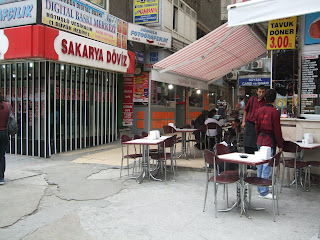PRINCIPLE 7: Size and Space for Approach and Use - Be Comfortable
Appropriate size and space should be provided for approach,reach,manipulation and use regardless of user's body size,posture or mobility.
Comfortable space for movement should be provided for individuals with sensory needs, diverse body size, posture, mobility, and motor control.
- A clear line of sight to important elements should be provided for any seated or standing user.
- All components should be reached comfortably for any seated or standing user.
- Variations in hand and grip size should be accomodated.
- Adequate spaces should be provided for the use of assistive devices or personal assistance.







































